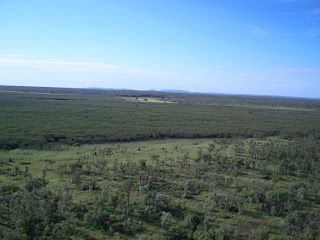The Rural Industries Research and Development
Corporation recently published research on impediments to the adoption of weed control.
It appears to make a lot of sense, and while specific to serrated tussock, is
probably relevant to most weeds. I have summarised the research below.
Weed infestations often derive from collective
inaction. Any solution will therefore need to involve collective action, where
individuals can trust that a critical mass of their neighbours will be adopting
weed control just as they are. Community-based approaches may help to foster
this trust by strengthening social norms and informal monitoring and
sanctioning.
The research identified barriers to weed control:
·
Poor control on neighbouring properties,
resulting in continual reinfestation for those who attempt to manage the weed.
·
Lack of time, money and labour, and
off-property commitments.
·
Information not necessarily reaching all
end users.
·
High ‘turnover’ of property owners (and
absentee landholders).
·
Turnover of extension and government agency
staff, resulting in loss of local knowledge and positive relationships.
·
A sense of apathy and futility regarding
control.
·
Inability to correctly identify weeds.
·
Aversion to herbicide use.
·
Inadequate enforcement.
Motivation to adopt effective management practices
include:
·
Protecting profitability and nipping new
outbreaks in the bud
·
Protecting social cohesion with their
community
·
Having a strong environmental stewardship
ethic
